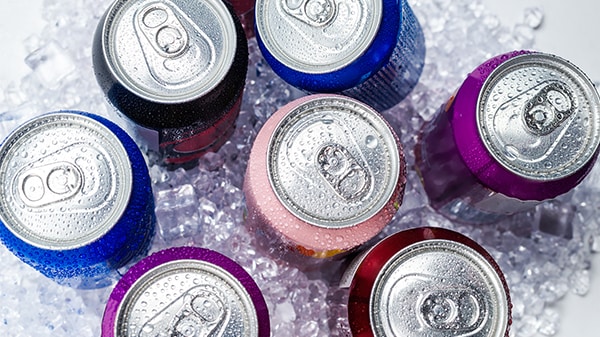
AkzoNobel shares regulatory insights at Chemical Watch 2025
12 Dec, 2025
AkzoNobel Packaging Coatings brought together leading voices from across the metal packaging industry with an exclusive webinar exploring how brand owners, canmakers, and coatings suppliers are building more compliant, resilient, and competitive supply chains as they navigate Europe’s fast-changing regulatory landscape.
